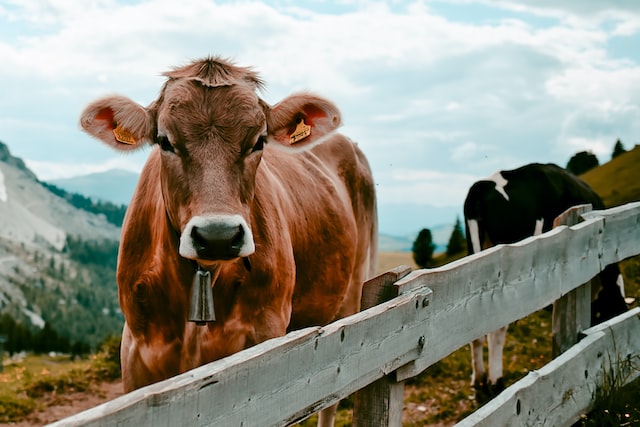Vikings were renowned for their bold, innovative approaches to life. It should come as no surprise, then, that the Vikings were also pioneers in the field of genetics and breeding. Let’s take a look at the history of Viking genetics and breeding, from its origins to its modern-day implications.
The Origins of Viking Genetics and Breeding
Viking genetics and breeding began as early as 800 AD with the domestication of animals such as cattle, sheep, goats, pigs, horses, chickens, ducks, geese and even dogs. This was done largely for practical purposes – the Vikings needed a reliable food source and well-trained animals to help with their everyday activities. But they also had an eye towards improving upon what nature had given them; they selectively bred animals that had desirable traits like strength or speed in order to create stronger or faster breeds.
The Vikings also used selective breeding to improve their crops. They developed methods for cross-breeding different varieties in order to get higher yields from their land. In some cases, they even used genetic engineering techniques to alter the plants themselves in order to make them more resilient or productive. This approach helped them ensure that their farms could support larger populations without relying on imports from other countries – something that was essential during times of warfare or famine.
Modern-Day Implications
Today, Viking genetics and breeding is still being used in both commercial farming operations and small hobby farms alike. Farmers are using genetic engineering techniques to create new strains of crops that are more resistant to pests or diseases; this helps them increase yields while reducing losses due to infestations or disease outbreaks. Similarly, breeders are using selective breeding techniques to create healthier livestock with higher milk production or better meat quality than ever before – all without sacrificing animal welfare standards.
Read more on Vikinggenetics.com

